Reed parrotbill
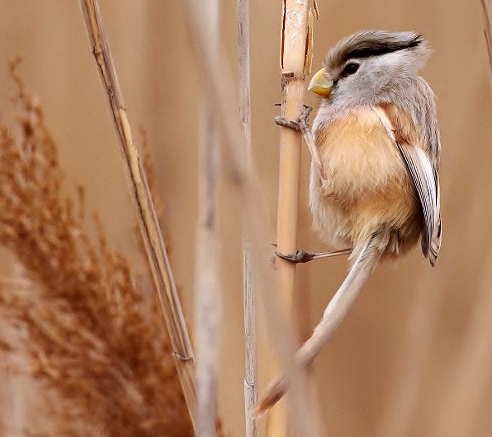
 |
| Photo by Coke Smith (Coke & Som Smith Photography) |
Common name:
reed parrotbill (en); bico-de-papagaio-do-Yangtzé (pt); paradoxornis du Yangtsé (fr); picoloro del Yangtsé (es); Jangtsepapageimeise (de)
Taxonomy:
Order Passeriformes
Family Paradoxornithidae
Range:
This Asian species occurs in two separate areas, one in north-eastern China, and across the border into Mongolia and Russia, and another in south-eastern China, along the Yangtze river.
Size:
These birds are 20-24 cm long and weigh 17-28 g.
Habitat:
These birds are found in reed beds, in freshwater lakes, rivers and streams. They occur from sea level up to an altitude of 800 m.
Diet:
Reed parrotbills mostly eat insects, but also seeds.
Breeding:
These birds nest in a cup-shaped nest, made of leaves and grasses, attached to the stalk of a reed. There the female lays 3-5 eggs, which are incubated for 12-13 days. The chicks fledge 12 days after hatching.
Conservation:
IUCN status – NT (Near-Threatened)
This species has a restricted breeding range and is described as locally common, but totally dependent on reedbeds. The reed parrotbill is likely to be declining throughout its range as a result of human encroachment, development and habitat degradation within reed bed habitats due to reed harvesting.
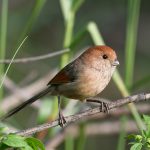
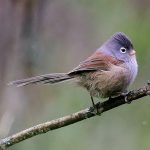
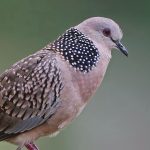

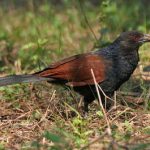
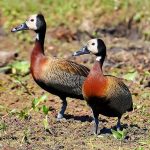


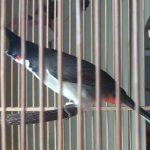

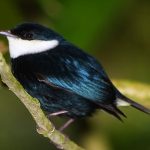

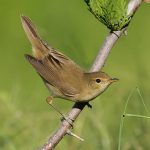

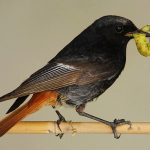
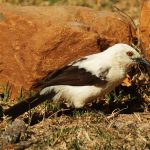
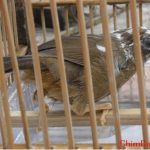



![[Review Dog] Đánh giá chó chăn cừu Mỹ nhỏ](https://blog.chimcanhviet.vn/wp-content/uploads/2018/12/shutterstock-398575459-244978-150x150.png)











